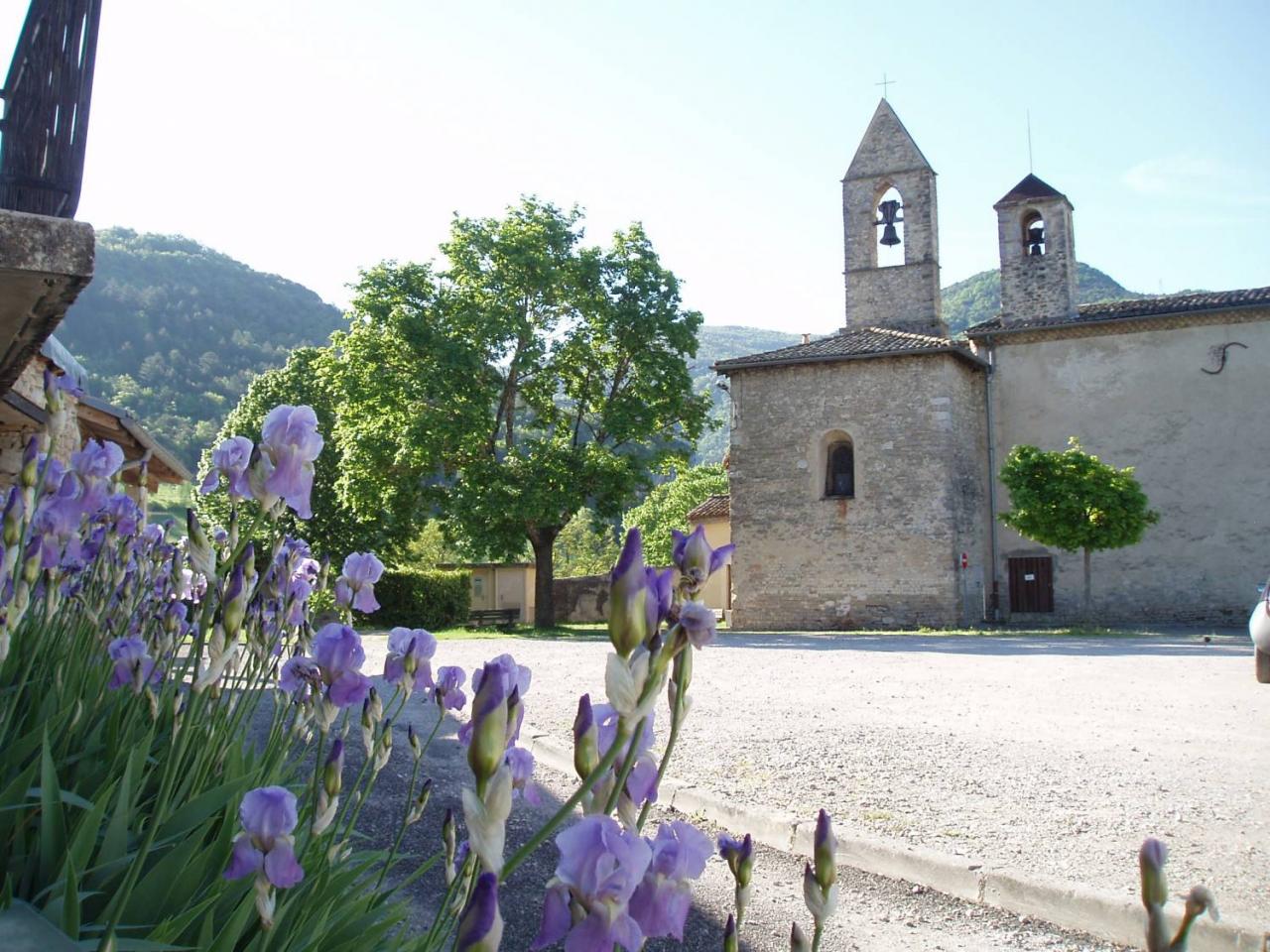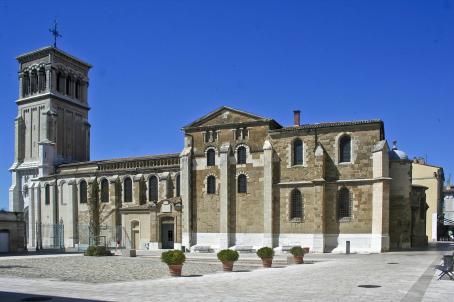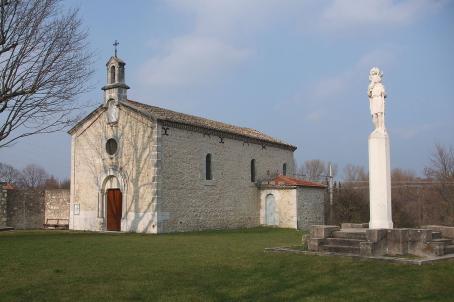Church-temple Sainte-Croix
Sainte-Croix Church-Temple is located in Sainte-Croix, Auvergne. The church is part of an old 11th century abbey that devastated during the Wars of Religion and then restored in 1689. The current church of Sainte-Croix is special since it was cut in two under Napoleon. The transept and the apse were allotted to the Catholics and the nave to the Protestants. Because of this, the building supports 2 bell towers. Painted decorations from the 17th century have been discovered here.
About this building
The Sainte-Croix church-temple is located in Sainte-Croix, in the Auvergne-Rhône-Alpes region. The church is part of a former 11th century abbey. At that time, only the eastern part of the nave was vaulted, as the part without buttresses was solid. In 1289, it was entrusted, with the abbey, to the order of Saint-Antoine and quickly became a commandery. The nave was then covered with a vault, suppoirted from the inside by means of discharge arches and pilasters.
The building was devastated during the wars of religion, but then restored in 1689 at the same time as the abbey, which, for a short time, became a seminary. During the Revolution, the monastery and the church were sold as national property to the commune of Sainte-Croix.
The church of Sainte-Croix, today a center for international meetings, has a peculiar, and rather unique story, as it was cut in two under Napoleon: the transept and apse were allocated to Catholics and the nave to Protestants. Since then, the building supports 2 arcade steeples: one surmounts the nave while the other overhangs the south arm of the transept, signifying the distinction of the forms of worship, rendered in the choir part and in the nave part.
The church is composed of a single nave, a transept and a semicircular choir. The nave is currently separated from the transept part by a wall.
Among the furniture, several objects are classified as Historical Monuments including an eighteenth century Madonna and Child. Painted decorations dating back to the 17th century were recently discovered in the church.





